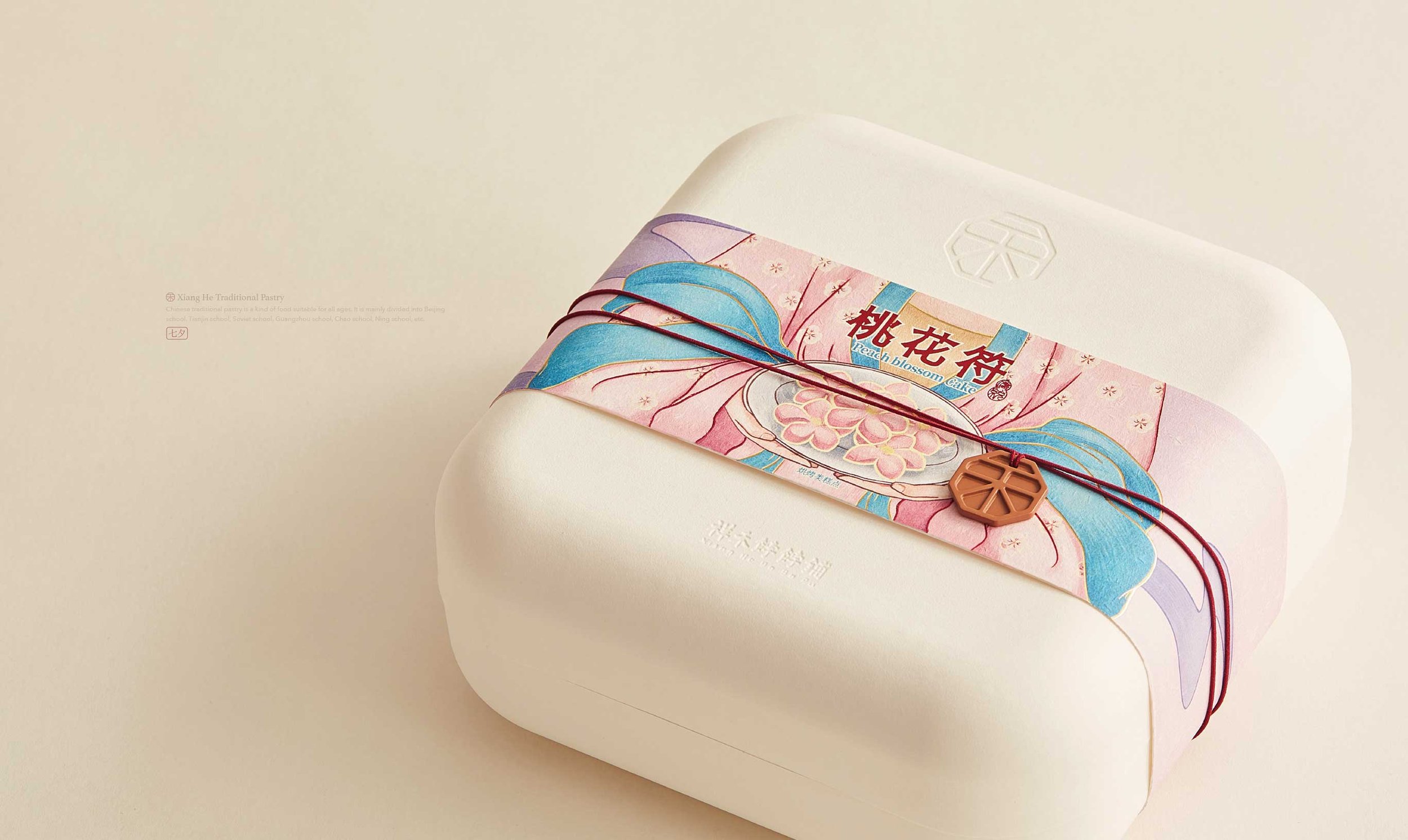Designing for the Chinese Market: A Practical Approach to Cultural and Aesthetic Preferences
Creating designs that appeal to a Chinese audience involves a strategic and nuanced approach, balancing tradition with modernity and respecting cultural symbols and values. Below, we delve into practical examples and strategies to help designers create impactful and culturally resonant designs for the Chinese market.
1. Incorporate Cultural Symbols Wisely:
Example: Use the lotus flower, a symbol of purity and perfection, in designs intended to convey elegance and refinement. However, ensure its representation is accurate and contextually appropriate.
2. Utilize Color Symbolism:
Example: For festive or celebratory designs, employ a rich palette of red and gold, avoiding the overuse of white and black, associated with mourning and negativity.
3. Opt for Legible and Stylish Chinese Fonts:
Example: Choose fonts like MSYH or Microsoft YaHei for modern and readable text, maintaining the character's integrity even in smaller sizes.
4. Combine Tradition with Modern Aesthetics:
Example: Mix traditional elements like Chinese calligraphy with modern, minimalist backgrounds to create designs that are both contemporary and culturally rich.
5. Consider Aesthetic Preferences:
Example: If your target demographic prefers elaborate and detailed designs, consider incorporating intricate patterns and embellishments, balanced with harmonious color schemes.
6. Optimize for Chinese Social Media Platforms:
Example: Create square or vertical visuals optimized for WeChat's Moments feed, utilizing vibrant images and concise text to grab users’ attention.
7. Focus on User-Centric Design:
Example: Design intuitive and easy-to-navigate UI/UX for apps and websites, considering the preferences and behaviors of Chinese users, and conduct user testing to gather feedback and make necessary adjustments.
8. Embrace Sustainability in Design:
Example: Use eco-friendly design elements and highlight your brand’s commitment to environmental conservation and social responsibility to appeal to the growing number of eco-conscious consumers in China.
9. Highlight Innovation and Technology:
Example: Showcase cutting-edge technology and innovative design solutions, reflecting modernity and progress, to appeal to younger, tech-savvy audiences.
Conclusion
Creating designs for the Chinese market is about more than just visual appeal; it’s about resonating with the audience on a cultural and emotional level. By strategically incorporating cultural symbols, optimizing for local platforms, and balancing traditional and modern elements, designers can create impactful visuals that speak to Chinese consumers and succeed in this diverse and dynamic market.
In a nutshell, a mindful and informed approach, coupled with a deep respect for cultural nuances, can help designers create visuals that not only stand out but also build meaningful connections with Chinese audiences.





